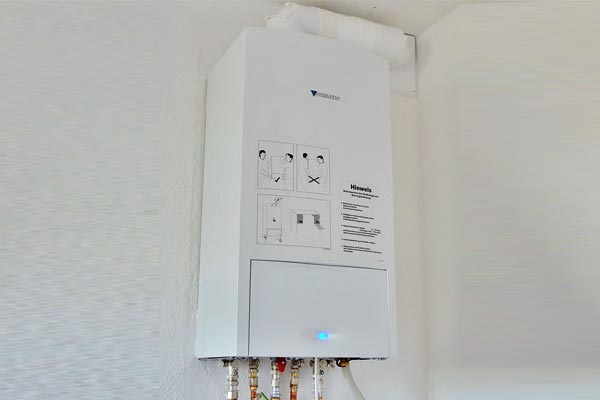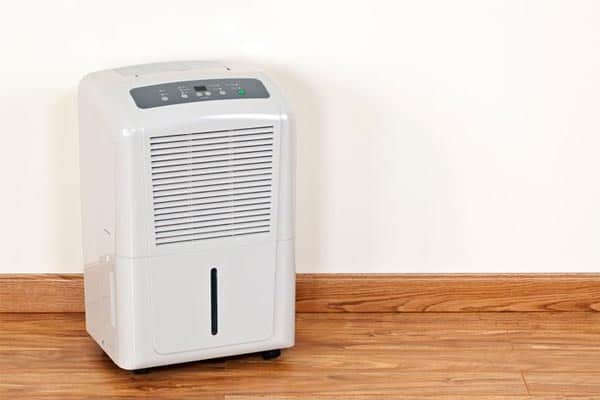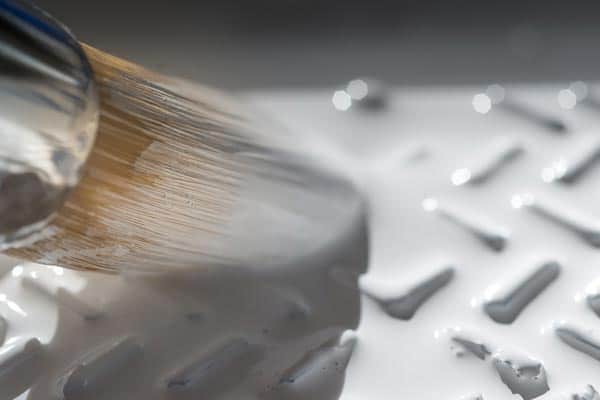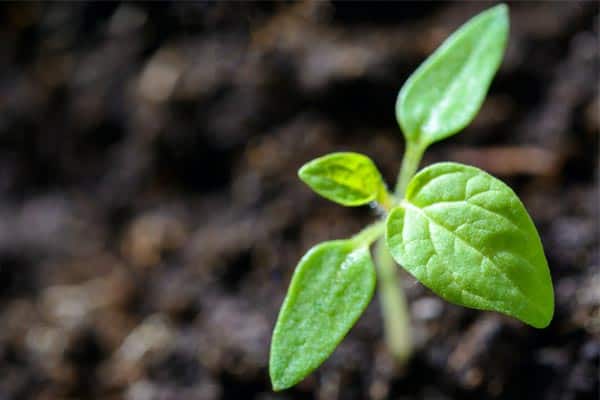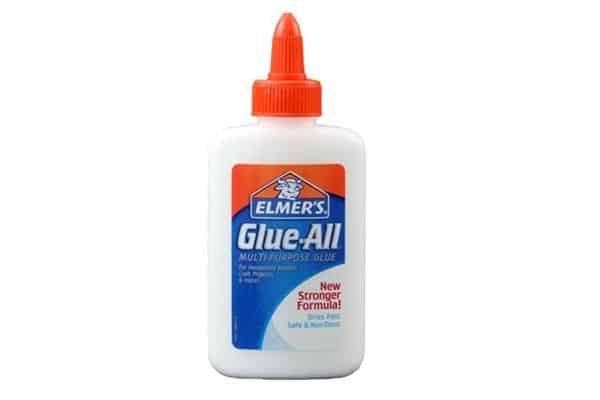Common Water Heater Problems and How to Troubleshoot Them
Your water heater is one component in your home that works very hard behind the scenes to provide you with hot water from your appliances and taps.
Sometimes, it can work slightly too hard that could lead to problems that could require you to call a professional in.
But, how do you know when it’s something you can fix and something that you shouldn’t attempt by yourself?
Below are some of the biggest problems you can experience with your water heater and hot water, including leaking water, no hot water, not enough water, water takes too long to reheat, dirty water, and more.
We’re also going to outline sections on electric and gas water heaters to make it easier for you to diagnose your problem.
You’ll use the process of elimination to identify the issue that is closest to the one you’re experiencing. Once you do, you’ll get an idea of how to fix it.
As always, if you’re not comfortable doing it yourself, don’t hesitate to call in a professional to help.
Troubleshooting Electric Water Heater Problems
Water is Leaking Out of the Top
If you have water leaking from the top of your electric water heater, it could be a few small issues.
The T&P valve could have failed, the cold water inlet could be loose, the hot outlet pipes could be loose, or you may have a leaking inlet valve. You can easily fix these issues yourself by tightening them back up.
Water is Leaking Out of the Bottom
If your electric water heater is leaking out of the bottom, it’s usually because of condensation buildup.
This is normal, but it could also be a leak in your electric heating element gasket, or the T&P valve is opening to release excess pressure, so the overflow pipe lets out a small amount of water. If the actual tank is leaking, you’ll have to replace the entire water heater.
No Hot Water
In most cases, the water in your electric water heater gets heated by dual heating elements. If you have no hot water at all, the circuit breaker could have tripped, and you want to check your breaker box.
If this isn’t the case, you may have to replace your failed heating elements. The thermostat’s limit or reset switch could have flipped due to the water being too hot, too, so check this.
Low Hot Water Amounts
The thermostat is usually behind the issue of not having enough hot water to shower, and all you may have to do is adjust it to your desired temperature for that specific heating element.
The thermostats usually sit behind an access panel on the side of the tank with a layer of insulation, and you might need to turn the temperature up in the cooler winter months since the hot water will cool quicker running through the cold pipes.
A faulty element, a faulty thermostat, loose wiring, or having a hot water tank that is too small for your needs can also be the problem.
Water is Far Too Hot
This is also most likely a thermostat issue with the temperature being set way too high. Get access to your thermostat and adjust it as needed. You could also need to transition from cold seasons to warm.
If you can’t turn down the water temperature enough, you might find yourself replacing your thermostat, or there could be a hidden wiring issue that requires professional diagnostics.
Water is Slow to Reheat
Most electric water heaters take double the time to recover and produce hot water as a gas model will, and the total amount of time it’ll take will vary from model to model.
If it’s taking longer than usual, you could have a problem with your heating elements or thermostat and includes a buildup of sediment, so you may have to have them cleaned or replaced if they’re broken.
If you have a household that regularly uses more hot water now than you did a few years ago, you might want to get a new water heater with a tank that offers a larger capacity, a tankless model, or you can install a point-of-use system that is close to the shower, sink, or another water source. You should do some research before you make a final choice.
Water Pressure is Low
Most of the people who report having low water pressure are in older homes that have ½-inch galvanized piping that leaves and enters the water heater.
Since this automatically limits the water pressure, the only solution you have is to install a more modern ¾-inch pipe that lets more water go through at one time.
Rust, calcium deposits, and sediment inside your sink aerators or plumbing can also lower your water pressure levels.
Strange Noises
If your water heater is emitting a hissing, popping, knocking, banging sound, or other strange noises, scale buildup on the water heater’s heating elements is the most common culprit.
Sediment buildup on the bottom of your tank could also be the problem. Other causes of strange noises include too much pressure inside the tank, a leak, or noisy pipes because they’re contracting or expanding.
It’s usually harmless when your water tank makes noise, but getting it checked can put your mind at ease.
Rust-Colored or Dirty Water
If you have rusty hot water, you most likely have anode rod or tank corrosion. If you don’t treat it, you’ll need to replace the whole system if it gets bad enough.
Replacing the anode rod is fairly simple, and it can add years to how long the water heater lasts.
If the water is dirty or discolored but not rusty, you could have scale-buildup on the heating elements or sediment in the bottom of the tank.
Troubleshooting Gas Water Heater Problems
Water is Leaking Out of the Top
The first thing you want to check if water is leaking out of the top of your gas water heater is to check the hot water outlet pipe connectors or the cold water inlet pipe connectors. Make sure they’re tight.
If they are, a loose or faulty pressure relief valve or temperature valve could be the problem.
Water is Leaking Out of the Bottom
When you see water leaking out of the bottom of your gas water heater, condensation could be the cause.
It could also be a loose or leaking drain valve, or the T&P valve could be draining some water to help release the pressure in the tank through the overflow pipe.
No Hot Water
You should check and see if the pilot light is on and if you have gas flow first. If they are, your problem could be that the thermocouple isn’t correctly sensing that the pilot light is on so that it won’t ignite the gas. You may have to clean or replace it. If you have electronic ignition, double-check that your circuit breaker isn’t tripped.
Low Hot Water Amounts
If you run out of hot water too soon or you don’t have enough hot water, your thermostat could be set too low, especially during the colder winter months.
A damaged or broken dip tube or a faulty thermostat could also be to blame, and a damaged, or broken dip tube allows cold and hot water to mix.
You may also not have a tank that is large enough for your family, so upgrading to a larger model could ensure you have enough hot water.
Water is Far Too Hot
The thermostat is most likely set too high if your water is hot, especially if you’re going from winter to spring and summer.
A faulty thermostat could also be to blame, and you may find yourself having to replace it. This is rare, though, and the most common problem is forgetting to lower the thermostat temperature.
Water Pressure Is Too Low
Anyone who has a smaller home most likely has a galvanized pipe with a smaller ½-inch diameter that will reduce the amount of hot water that can flow through it at one time.
If this is the case, the only way to improve your water pressure will be to take out your current pipes and install ¾-inch piping that is more modern, and this is a big project.
You could clean out your sink aerators or showerheads to increase the pressure a little because they tend to clog up over time, and you should make sure that your water inlet valve is 100% open instead of being partially closed.
Bottom Line
No matter if you have a gas or electric water heater, being able to troubleshoot them when issues arise can help you keep them in good working order while saving the money you’d spend hiring a professional.
So look at the list, narrow down your problem, and see if it’s possible to fix it on your own to restore your hot water heater to excellent working condition.
